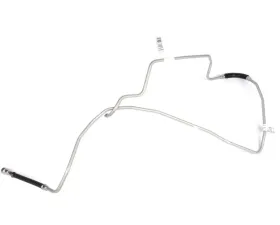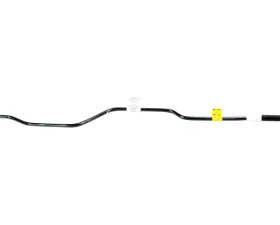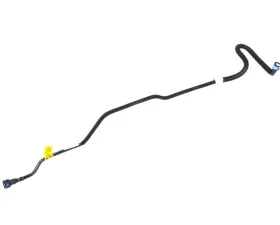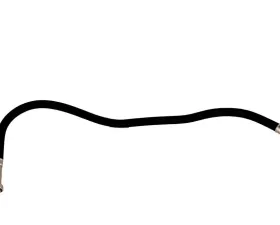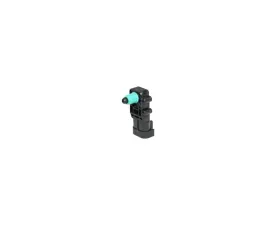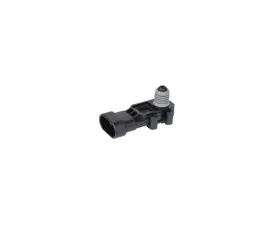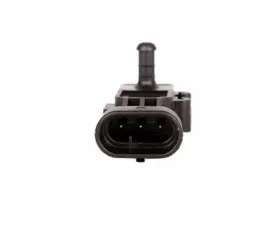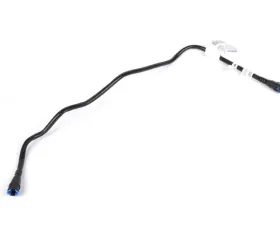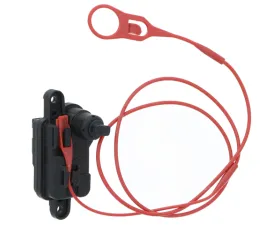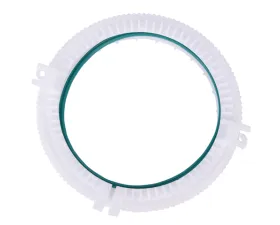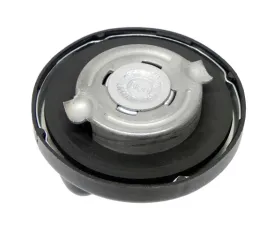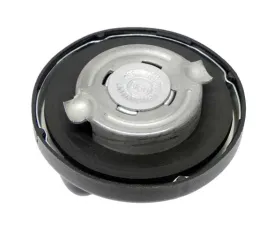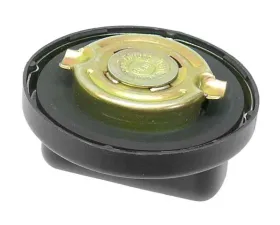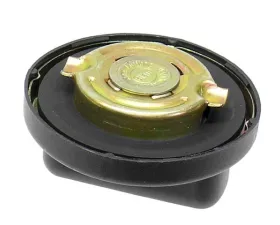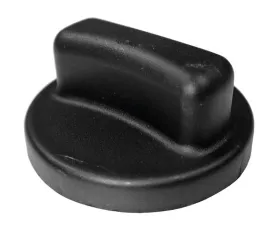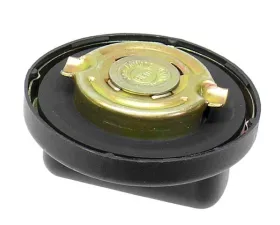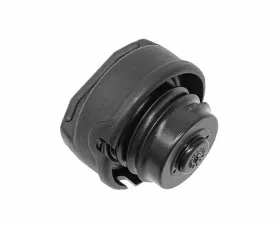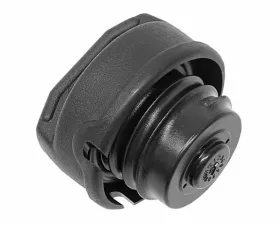BLACK FRIDAY DEALS NOW LIVE UP TO 40% OFF - SHOP NOW
Fuel Tank
Filters
Manufacturers
- AC Delco (10)
- Bapmic (3)
- Blau (22)
- Continental (7)
- EMPI US (2)
- Eurospare (1)
- Febi Bilstein (2)
- Gates (7)
- Genuine Audi | VW (17)
- Genuine BMW (15)
- Genuine Jaguar (1)
- Genuine Land Rover (2)
- Genuine Mercedes (21)
- Genuine Mini (2)
- Genuine Porsche (15)
- Genuine Saab (3)
- Genuine Volvo (3)
- German (2)
- Global Parts Distributors (37)
- Hella (2)
- JP Group Dansk (32)
- Motorad (1)
- Motorcraft (12)
- OEM (17)
- Rein Automotive (1)
- Standard Ignition (65)
- Stant (5)
- URO Parts (30)
- VNE (3)
- Vemo (1)
- Victor Reinz (2)
Universal Parts
Price range
ABOUT FUEL TANK
A fuel tank is a secure container for combustible fluids. Although some fuel storage tanks may be referred to as fuel tanks, the term typically refers to the engine system component that stores, propels (fuel pump), and releases (pressurized gas) fuel into the engine. Fuel tanks come in various sizes and complexity, from the plastic tank of a butane lighter to the Space Shuttle's external, multi-chambered, cryogenic tank. Metal (steel or aluminum) fuel tanks are welded from stamped sheets, in addition to the use of other manufacturing techniques, to produce automobile fuel tanks. This technology is excellent at reducing fuel emissions, and almost all automotive fuel tanks are made of sheet metal. The second material consists of plastic fuel tanks made from blow-molded high-density polyethylene (HDPE). The ability of blow-molded HDPE to assume complex shapes enables the tank to be mounted directly over the rear axle, saving space and improving crash safety.
DESIGN OF A FUEL TANK
While the majority of fuel tanks are manufactured, some are still fabricated by metal craftsmen or by hand in the case of bladder-style tanks. This includes customized and restored tanks for automobiles, aircraft, motorcycles, boats, and even tractors. There are a series of steps involved in the fabrication of fuel tanks. To determine the exact size and shape of the tank, the craftsman typically constructs a foam board prototype. The location of the tank's outlet, drain, fluid-level indicator, seams, and baffles are addressed as the next step in the design process. Then, the craftsman must determine the thickness, temper, and alloy of the sheet that will be used to create the tank. After the sheet has been cut into the required shapes, various pieces are bent to create the tank's basic shell, ends, and baffles. Many fuel tank baffles (especially in aircraft and racecars) contain lightning holes. These flanged holes serve two purposes: reducing the weight of the tank and bolstering the baffles. The filler neck, fuel pickup, drain, and fuel-level sending unit openings are added near the conclusion of construction. Sometimes these holes are drilled directly into the flat shell, while other times they are added at the end of the fabrication process. It is possible to rivet baffles and ends in place. To prevent tank leaks, it is common practice to braze or solder the heads of the rivets. The ends can then be hemmed in and soldered, flanged and brazed (sealed with an epoxy-type sealant), or flanged and then welded. Once the soldering, brazing, or welding is complete, the fuel tank is leak-tested.
FUEL TANK IN VIVID RACING
It is rarely easy to find the ideal aftermarket component. We completely understand, and we are here to assist you in locating the best fuel tank and upgrades for your particular application. Our passion is assisting customers in creating their dream vehicles. Vivid Racing guarantees that their products meet the quality, comfort, and strength requirements of their customers.





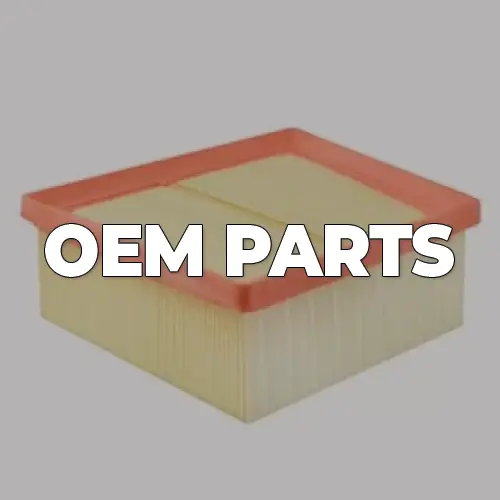

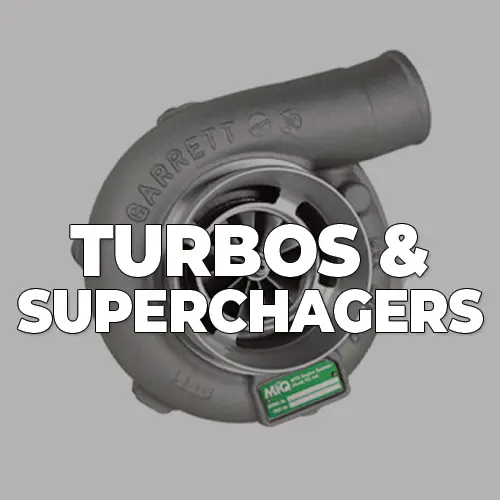




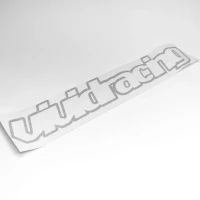
 Brakes
Brakes  Driveline
Driveline  Electronics
Electronics  Handlebars & Controls
Handlebars & Controls  Package Deals
Package Deals  Wheel Accessories
Wheel Accessories  Wheels by Vehicle
Wheels by Vehicle  Tools and Maintenance
Tools and Maintenance  Universal & Repair
Universal & Repair  Vivid Racing Gear
Vivid Racing Gear 